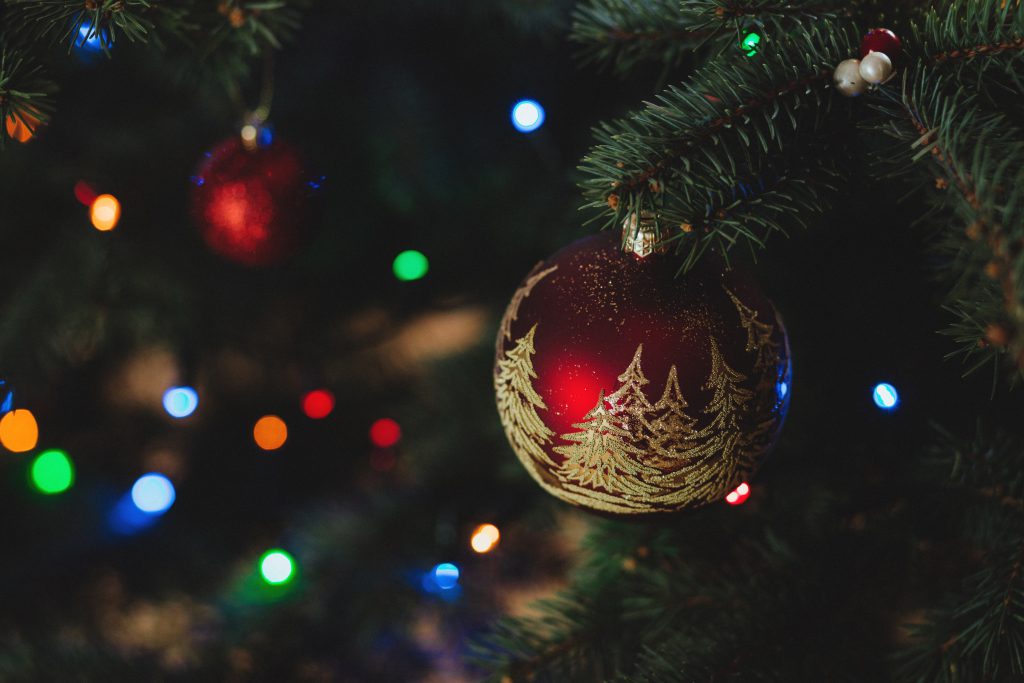bernardpattiso
About bernardpattiso
Understanding Precious Metals IRA: A Complete Guide
Investing in valuable metals has change into an more and more in style technique for people looking to diversify their retirement portfolios. A Precious Metals Individual Retirement Account (IRA) permits investors to hold bodily gold, silver, platinum, and palladium as a part of their retirement savings. This report goals to offer an in depth understanding of Precious Metals IRAs, together with their advantages, sorts, setup process, and issues for potential traders.
What is a Precious Metals IRA?
A Precious Metals IRA is a type of self-directed IRA that enables investors to include precious metals of their retirement accounts. Not like traditional IRAs that primarily hold stocks, bonds, or mutual funds, a Precious Metals IRA allows the inclusion of physical valuable metals. One of these funding can function a hedge against inflation and economic downturns, offering a layer of safety for retirement savings.
Varieties of Precious Metals IRAs
There are two principal varieties of Precious Metals IRAs: Traditional and Roth.
- Traditional Precious Metals IRA: This account is funded with pre-tax dollars, that means that contributions may be tax-deductible. For more information about recommended companies for gold ira rollover visit our own internet site. Taxes are paid upon withdrawal during retirement, sometimes at the individual’s ordinary income tax charge.
- Roth Precious Metals IRA: This account is funded with after-tax dollars, allowing for tax-free withdrawals during retirement. Contributions aren’t tax-deductible, however qualified distributions are tax-free, making it a sexy choice for individuals who anticipate being in a higher tax bracket in retirement.
Advantages of Investing in Precious Metals IRA
Investing in a Precious Metals IRA comes with several benefits:
- Diversification: Treasured metals can provide a hedge in opposition to market volatility and inflation. Together with them in a retirement portfolio can cut back total risk.
- Tangible Asset: In contrast to stocks or bonds, precious metals are bodily belongings that can be held, offering a sense of safety for traders.
- Inflation Hedge: Valuable metals, particularly gold, have traditionally maintained their value throughout inflationary durations. This characteristic makes them a popular selection for preserving wealth.
- Tax Advantages: A Precious Metals IRA affords the same tax advantages as conventional and Roth IRAs, allowing for tax-deferred progress or tax-free withdrawals.
- Global Demand: Treasured metals are globally recognized and valued, which may provide liquidity and potential appreciation over time.
Eligible Valuable Metals
Not all valuable metals may be included in a Precious Metals IRA. The IRS has specific requirements relating to the types of metals that qualify. Eligible metals typically include:

- Gold: Must be 99.5% pure or larger (e.g., American Gold Eagles, Canadian Gold Maple Leafs).
- Silver: Should be 99.9% pure (e.g., American Silver Eagles, Canadian Silver Maple Leafs).
- Platinum: Must be 99.95% pure (e.g., American Platinum Eagles).
- Palladium: Have to be 99.95% pure (e.g., American Palladium Eagles).
It’s essential to work with a reputable custodian who can assist be certain that the metals bought meet IRS standards.
Setting up a Precious Metals IRA
Organising a Precious Metals IRA involves a number of steps:
- Choose a Custodian: Select a custodian that focuses on Treasured Metals IRAs. The custodian will hold the assets on behalf of the investor and ensure compliance with IRS laws.
- Open an Account: Full the required paperwork to open a self-directed IRA account with the chosen custodian.
- Fund the Account: Fund the IRA by contributions, rollovers from current retirement accounts, or transfers from different IRAs.
- Choose Treasured Metals: Work with the custodian to establish and purchase eligible valuable metals that align with your investment strategy.
- Storage: The IRS requires that physical valuable metals be stored in an authorized depository. The custodian will usually have partnerships with safe storage amenities.
Considerations When Investing in Precious Metals IRA
Whereas there are numerous benefits to investing in a Precious Metals IRA, there are additionally considerations to keep in mind:
- Fees: Treasured Metals IRAs typically include increased charges than conventional IRAs. These fees might embrace account setup, annual upkeep, storage, and transaction fees. It is crucial to understand these costs upfront.
- Market Volatility: The costs of treasured metals will be volatile and influenced by numerous components, including geopolitical events, financial situations, and adjustments in foreign money values. Buyers must be prepared for fluctuations of their investment worth.
- Liquidity: While precious metals can be offered for cash, the process may take longer than promoting stocks or bonds. Traders ought to consider their liquidity wants when investing in physical assets.
- IRS Laws: Traders must comply with IRS laws relating to the purchase, storage, and distribution of treasured metals in an IRA. Failure to do so can result in penalties and taxes.
- Lengthy-Time period Investment: Valuable metals ought to be seen as a long-term funding. While they will provide a hedge towards inflation and market downturns, they are not usually a automobile for quick profits.
Conclusion
A Precious Metals IRA could be a precious addition to a diversified retirement portfolio, providing unique benefits such as protection towards inflation and financial uncertainty. Nonetheless, potential traders ought to carefully consider the associated charges, market risks, and IRS regulations earlier than proceeding. By understanding the intricacies of Treasured Metals IRAs and working with knowledgeable custodians and advisors, individuals can make informed choices that align with their lengthy-term monetary objectives. Finally, investing in precious metals can present not solely a way of security but additionally a possibility for growth in an ever-changing financial panorama.
No listing found.

